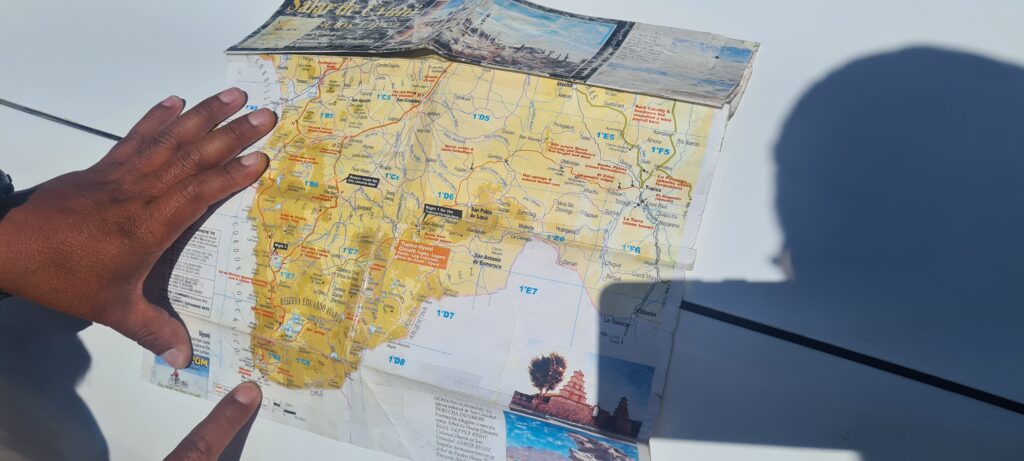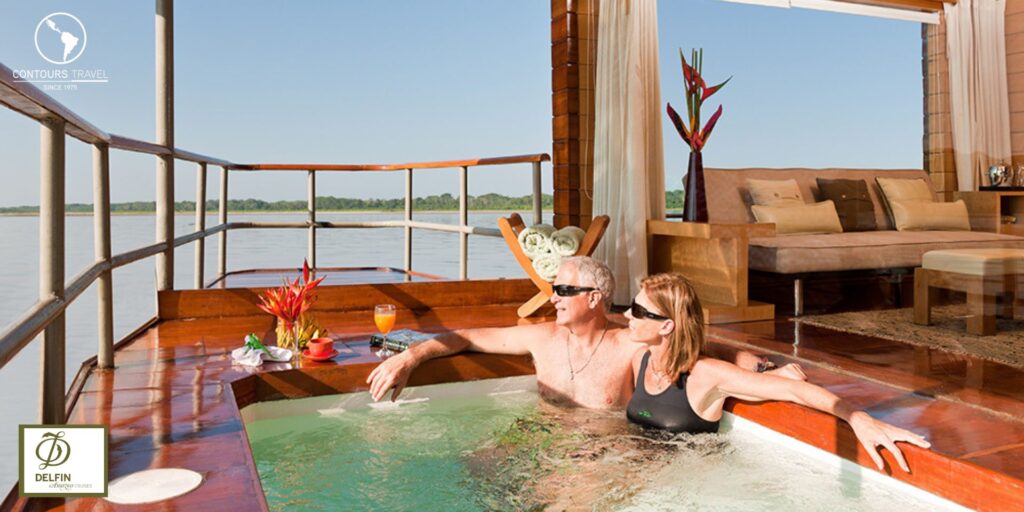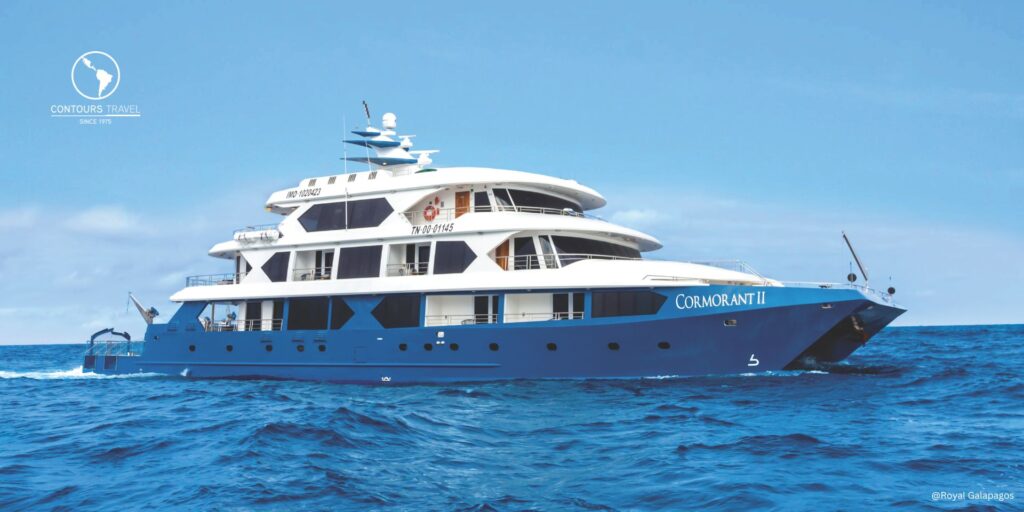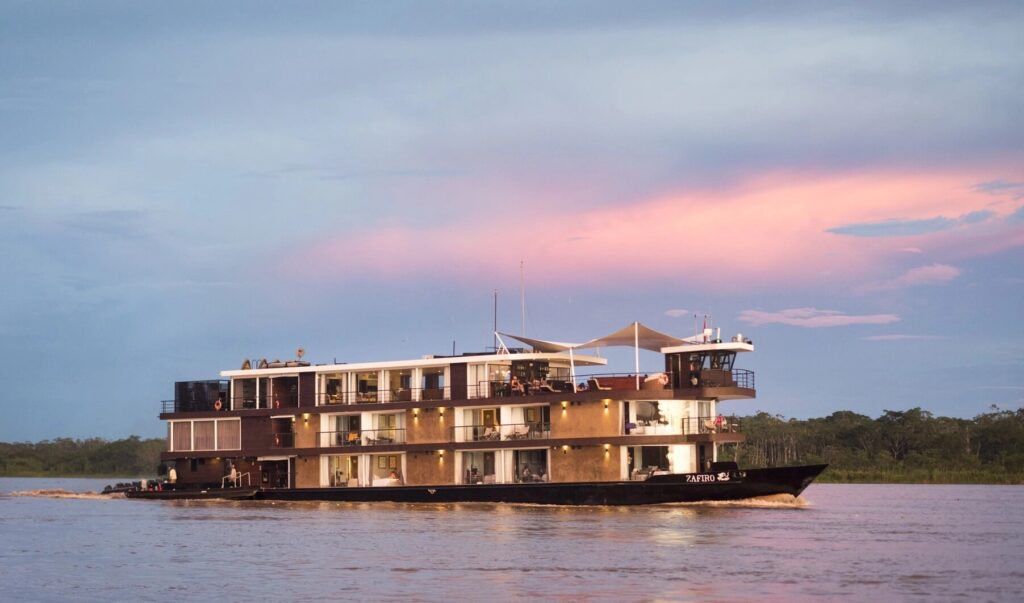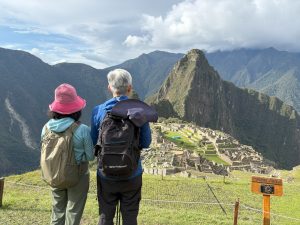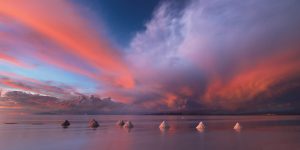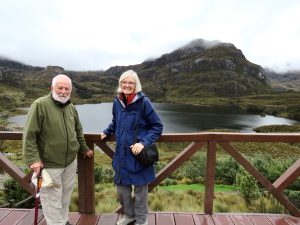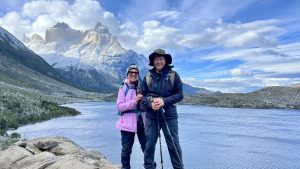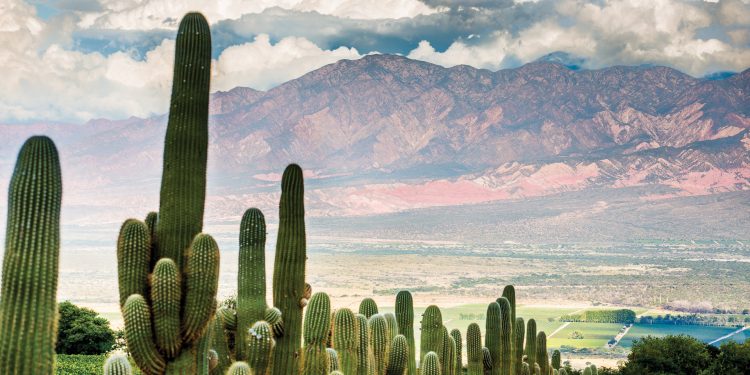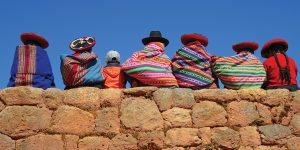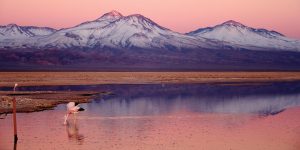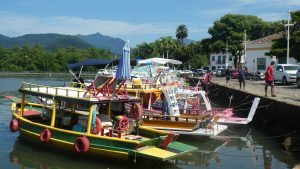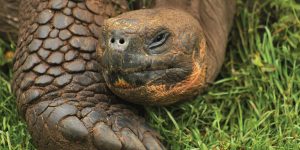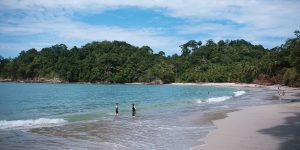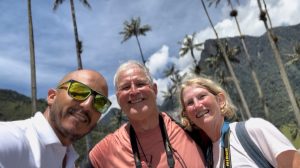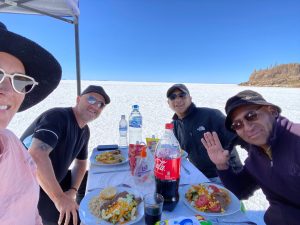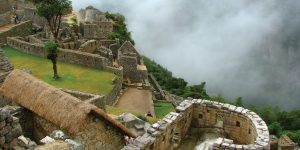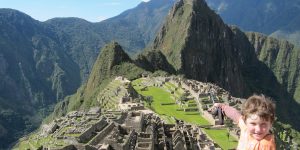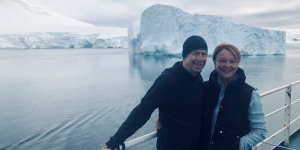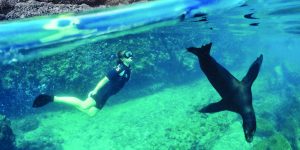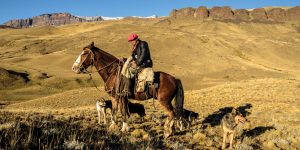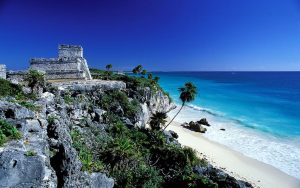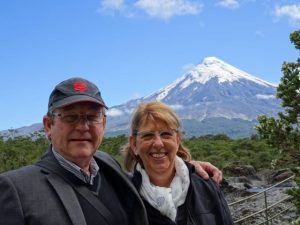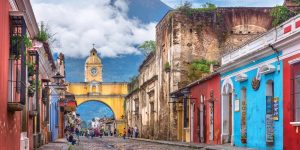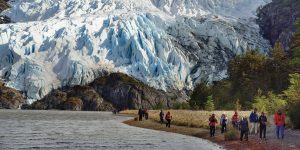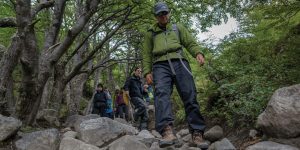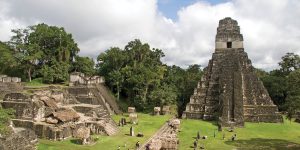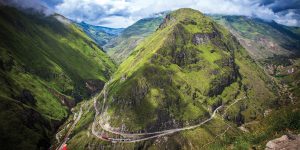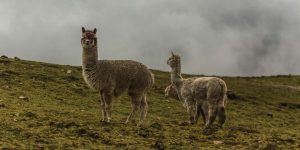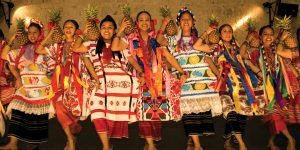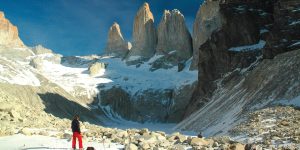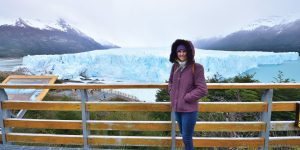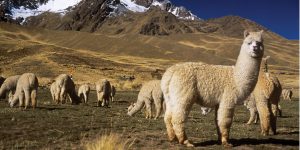Wildlife Wonders of South & Central America: Where Nature Steals the Show
Close your eyes and listen. That primal roar echoing through the mist? It’s the howler monkeys of the Amazon, nature’s alarm clock in the world’s greatest rainforest. The thunderous splash ahead? A southern right whale breaching off Argentina’s Valdes Peninsula, its newborn calf learning to navigate Patagonia’s turquoise waters. The delighted gasp beside you? That’s you, face-to-face with a blue-footed booby in the Galapagos as it performs its comical mating dance.
South and Central America don’t simply host wildlife—they orchestrate earth’s most spectacular animal encounters. Where else can you witness:
- The Galapagos Big 15—from ancient tortoises to flightless cormorants—all in one extraordinary journey
- Millions of monarch butterflies transforming Mexican forests into living tapestries each winter
- Puma tracks fresh in Chilean Patagonia’s morning frost, leading to a kill site just beyond your luxury camp
- The real-life Paddington Bear munching orchids in Ecuador’s cloud forests, his spectacled face peering through the fog
This is travel that rewires your senses. Where the statistics sound impossible until you’re there—kayaking through 30 million breeding birds on South Georgia, or realizing Costa Rica’s Osa Peninsula packs 2.5% of Earth’s biodiversity into an area smaller than London.
Our specialists have spent decades perfecting these moments. We know when the orcas hunt at Punta Norte, which Amazon lodges offer night walks with resident biologists, and how to pair Galapagos cruises with exclusive land stays for the ultimate wildlife immersion.
These 7 unforgettable experiences aren’t just sightings—they’re initiations into nature’s most exclusive circles. The only question is: which will you choose first?
The Galapagos Big 15: Your Ultimate Wildlife Checklist
Move over, African Big 5—the Galapagos Islands boast an even more exclusive “Big 15” roster of iconic species. What makes this archipelago extraordinary? With the right itinerary, you could spot all of these evolutionary marvels in one trip.
No doubt you have heard of Africa’s Big 5. But did you know that the Galapagos Islands has an even more extensive list of iconic, must-see species known as the Big 15? And what’s more, by choosing your Galapagos cruise carefully, you have a high chance of seeing most (if not all) these incredible species all on one trip! So, what unique species make up this exclusive list?
Meet the Stars of the Show
- The Giants: Ancient Galapagos tortoises (the islands’ namesake) & sunbathing marine iguanas (Earth’s only ocean-going lizards)
- The Charismatic: Playful Galapagos sea lions and fuzzy fur seals that snorkel beside you
- The Rare: Flightless cormorants and Galapagos penguins (the only penguins north of the equator)
- The Colorful: Blue-footed boobies performing comical mating dances & frigatebirds inflating ruby-red throat pouches
How to Conquer Your Big 15 Checklist
- By Cruise: Reach remote islands like Genovesa (for red-footed boobies) or Isabela (for Galapagos hawks) aboard boutique vessels with expert naturalists.
- By Land: Stay at unique properties like Pikaia Lodge’s luxury treehouses or Galapagos Safari Camp’s eco-tents, pairing day trips with exclusive access to private reserves
Pro Tip: Visit April-May for peak wildlife activity (courtship rituals, hatchlings) or Aug-Nov for cooler waters teeming with marine life.
“After experiencing both, I’d argue the ideal Galapagos trip combines a shorter cruise with land-based exploration—you get the best of both worlds.”
– Escape’s Galapagos Insider Guide
Why This Decision Matters
- Cruise Advantages: Access 97% of the archipelago’s protected areas & rare species
- Land Advantages: Deeper cultural connections, luxury amenities, and flexibility
- Hybrid Option: Many of our clients now pair a 4-day cruise with 5 nights at premium lodges
Let Us Design Your Perfect Mix
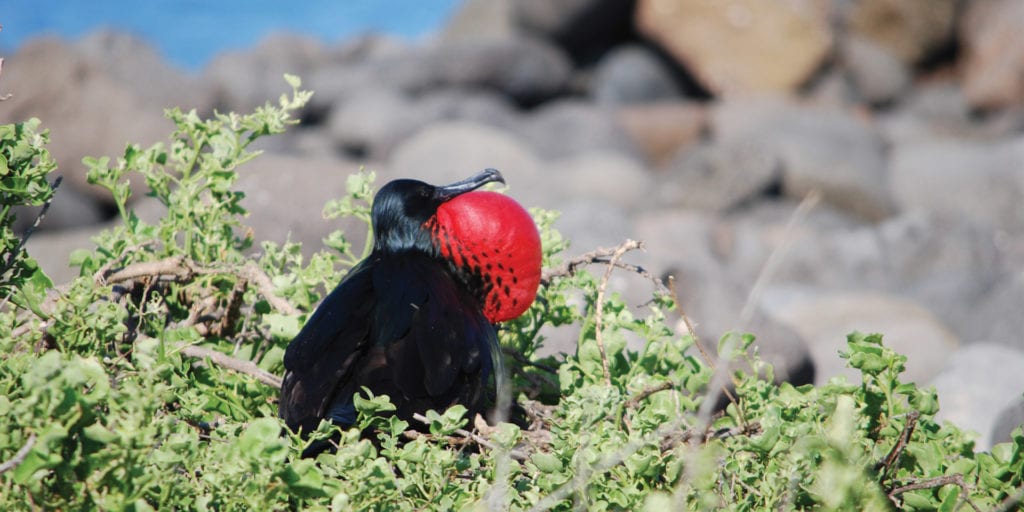
Whale Watching on the Valdes Peninsula
While Patagonia’s mountains steal the spotlight, the Valdes Peninsula delivers South America’s most dramatic marine wildlife encounters—with barely a crowd in sight. This UNESCO World Heritage site is where the desert meets the sea in a explosion of life:
- Penguin cities with 200,000+ Magellanic penguins
- Playful orcas that beach themselves to snatch sea lion pups (Aug-Nov)
- Gentle southern right whales breaching just meters from shore (Jun-Dec)
- Elephant seal colonies where 4-ton males battle for dominance
Stay Where the Wildlife Comes to You
Base yourself at Bahia Bustamante, a remote coastal estancia turned luxury lodge, where you can:
✓ Watch whales from your bedroom window
✓ Kayak alongside dolphins at sunrise
✓ Join biologists to track orca hunting strategies
Don’t-Miss Experiences
- Underwater Whale Watching: Descend in a semi-submersible to lock eyes with curious calf whales
- Punta Norte: Witness orcas’ daring “strand hunting” technique (unique to this region)
- Caleta Valdes: Walk among 2,000+ elephant seals with no barriers
This isn’t Argentina’s Galapagos—it’s better. Fewer tourists, more raw encounters, and landscapes that look stolen from a David Attenborough documentary.
[Explore our Patagonia Wildlife itineraries]
“Our clients rate Valdes higher than Galapagos for animal interactions” – Contours Travel Specialist
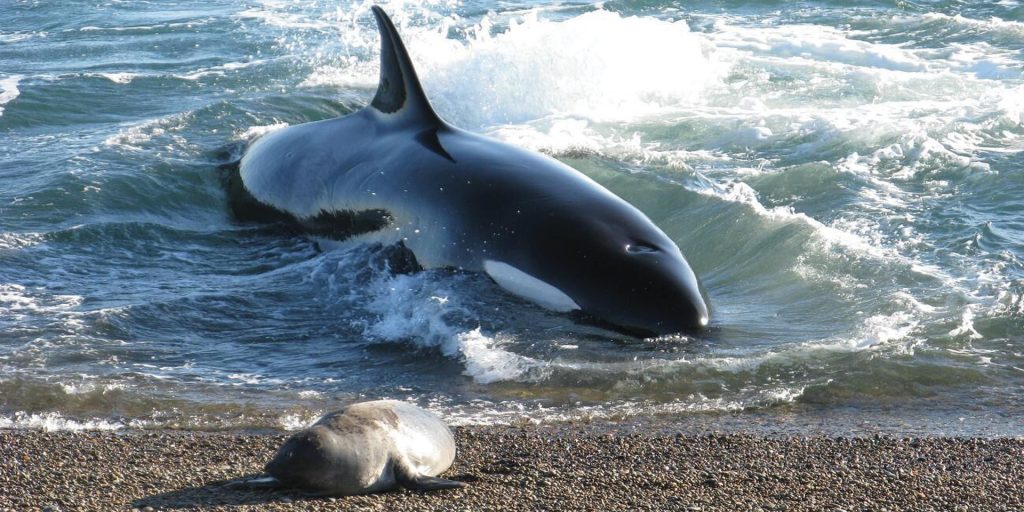
Hearing your first Howler Monkey in the Amazon
The Amazon plays by its own rules. Here, wildlife reveals itself through sound before sight—a symphony of chattering macaws, rustling peccaries, and the otherworldly howl of monkeys that vibrates through your chest. While spotting animals in this dense green labyrinth takes patience, the rainforest’s aural drama more than compensates.
The Howler Monkey’s Call: Nature’s Alarm Clock
No first encounter prepares you for it. At dawn, the red howler monkey—one of Earth’s loudest land animals—sends its 5km-bellow ripping through the canopy. This primal sound has startled explorers for centuries, yet it’s the ultimate Amazon wake-up call.
Pro Tip: Listen from your lodge in:
- Yasuní, Ecuador: Where clay licks attract rainbow flocks of parrots to complement the howlers’ chorus
- Puerto Maldonado, Peru: Wake to howlers as giant otters splash in oxbow lakes nearby
- Iquitos, Peru: Deeper into the flooded forest, where voices echo across waterways
[Turn up the volume → Sample the howler’s call]
Why This Beats a Zoo Visit
- 3D Soundscape: Birds above, frogs below, and howlers all around—you’re inside the ecosystem
- Night Magic: After dark, the forest transforms with caiman eyes glinting red in your flashlight beam
- Exclusive Access: Our partnered lodges sit in pristine reserves where wildlife thrives undisturbed
Ready to trade sightseeing for sense-seeing? Our Amazon Wildlife Itineraries place you where the wildest concerts unfold.
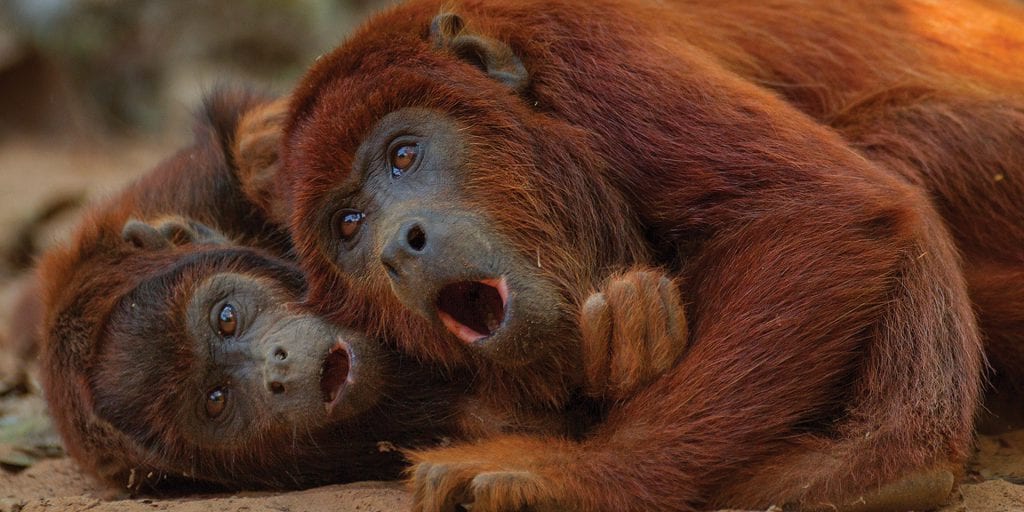
A Living Tapestry: Mexico’s Monarch Butterfly Spectacle
Witness one of nature’s most extraordinary migrations: every autumn, 200 million monarch butterflies complete an epic 4,500km journey from Canada and the U.S. to the oyamel fir forests of central Mexico. By winter, entire mountainsides shimmer with their orange-and-black wings—so thickly clustered that branches bow under their weight.
How to Experience the Magic
- Best Time: November to February (peak numbers mid-December to January)
- Pro Tip: Visit midweek to avoid crowds; mornings offer the best light as butterflies take flight with the sun’s warmth
- UNESCO-Listed Reserves: Sierra Chincua and El Rosario sanctuaries offer guided trails through this living kaleidoscope
Beyond the Butterflies
Pair your visit with explorations of:
- Mexico City’s cultural treasures (just 3 hours away)
- Pátzcuaro’s Day of the Dead traditions (for November visits)
- Morelia’s colonial architecture, a UNESCO World Heritage Site
Ready to walk through a butterfly blizzard? Our Mexico Wildlife Journeys can combine this with other iconic experiences like whale watching in Baja or birding in Chiapas.
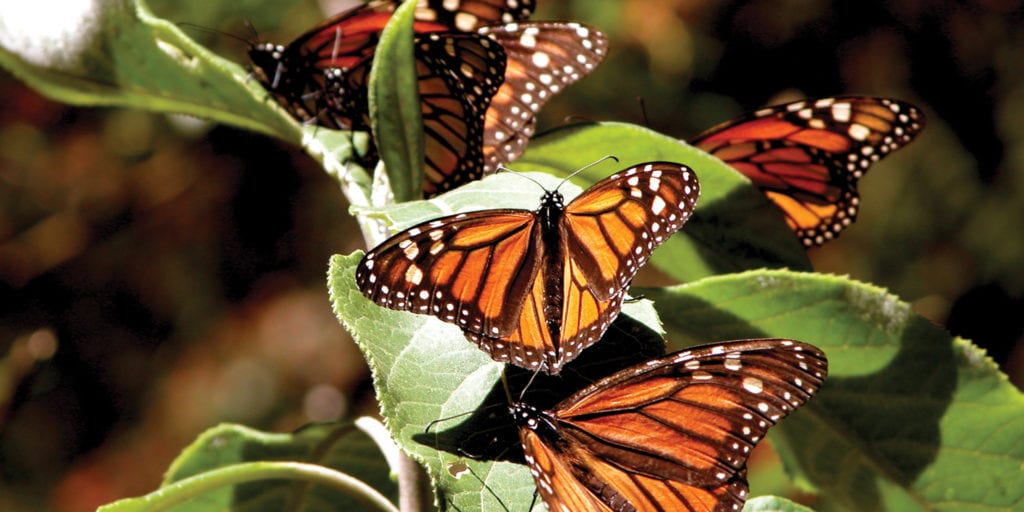
Experiencing the extreme biodiversity of Costa Rica
It’s no secret that Costa Rica sets the gold standard for ecotourism—with 30% of its land protected by national parks and reserves. But for those seeking the ultimate wildlife immersion, one place stands apart: the Osa Peninsula. Dubbed “the most biologically intense place on Earth” by National Geographic, this untamed corner crams 2.5% of the planet’s biodiversity into just 0.001% of its surface area.
Why the Osa Peninsula? Because it is home to Corcovado National Park and Caño Island Biological Reserve.
Corcovado National Park: Trek through primary rainforest where spider monkeys swing overhead, Baird’s tapirs rustle through the undergrowth, and elusive jaguars leave paw prints along riverbanks. Don’t miss the daily spectacle of scarlet macaws—Central America’s largest population—painting the sky crimson at dawn.
Caño Island Biological Reserve: Swap jungle boots for snorkeling gear. Glide alongside green turtles, curious reef sharks, and schools of technicolor fish in waters ranked among Costa Rica’s clearest.
From rustic eco-lodges to luxury treehouses, the Osa offers stays as diverse as its wildlife. For a curated selection of our favorite lodges and expert-guided itineraries, explore our Costa Rica Wildlife Journeys.
Ready to witness nature’s greatest show? The Osa Peninsula doesn’t just host biodiversity—it throws a full-blown, squawking, roaring, fin-flashing celebration.

Reliving your childhood with the real-life Paddington Bear
Remember Paddington Bear? That beloved character from children’s books? While many recall his fictional journey from “Darkest Peru,” few realize South America is home to real-life spectacled bears. Named for their distinctive facial markings, these elusive creatures roam cloud forests from Colombia to northern Argentina. Spotting one is as rare as encountering a jaguar—except in a few special places.
At Hacienda Zuleta, a 17th-century working farm spanning 4,000 acres, conservation is woven into the landscape. Thanks to the legacy of former Ecuadorian president Galo Plaza Lasso and his family (whose presidential heritage is detailed in this article from The Age), the property has become a haven for wildlife. Over 30 spectacled bears are frequently spotted here—making it one of the best places to meet your own “Paddington.”
But the bears aren’t Zuleta’s only conservation triumph. The hacienda also runs a pioneering Andean Condor Rehabilitation Project (learn more here), helping rescue and release these majestic birds. From bear-tracking hikes to condor encounters, a stay here blends luxury with extraordinary wildlife experiences.
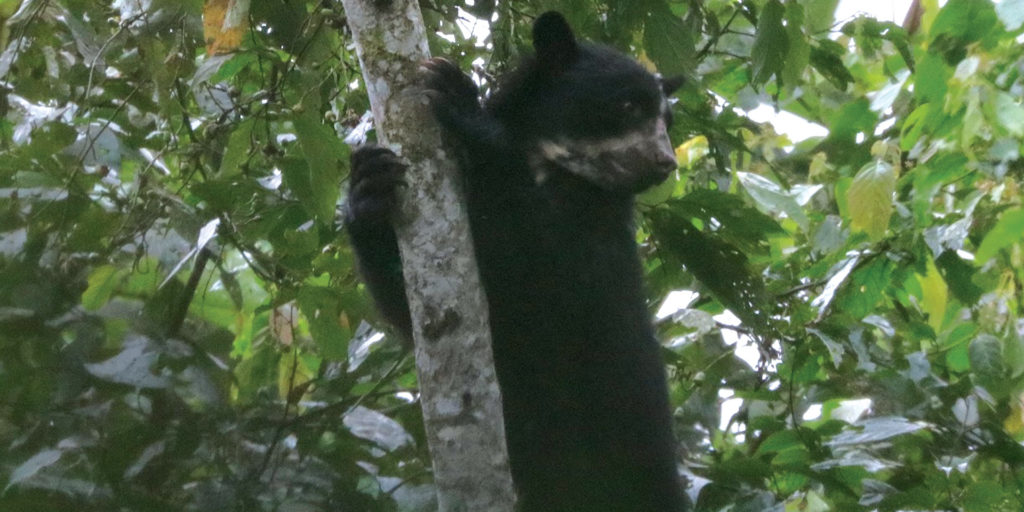
Witnessing the mind-boggling multitudes in South Georgia
Forget everything you know about wildlife encounters. On South Georgia Island, the numbers alone stagger the senses:
- 30 million breeding birds carpeting cliffs and shorelines
- 7 million penguins forming bustling cities that stretch to the horizon
- 250,000 albatrosses riding Antarctic winds
- 2 million fur seals crowding beaches like living pebbles
- Half the world’s southern elephant seals hauling out on glacial moraines
This isn’t just density—it’s biological superabundance. During peak season, researchers estimate more animals per square meter than anywhere else on Earth. And with no innate fear of humans, they’ll waddle, soar, and splash within arm’s reach (though we always keep a respectful distance).
Why Our Clients Call It “The Greatest Show on Ice”
- King Penguin Mega-Colonies: Walk among 100,000+ pairs at St. Andrews Bay—their golden-necked chicks outnumbering humans on the entire planet
- Seal Spectacles: Witness bull elephant seals clashing like prehistoric titans in November breeding battles
- Albatross Ballet: Watch these ocean wanderers (with 3.5m wingspans) skim waves alongside your Zodiac
Pro Tip: Pair South Georgia with the Antarctic Peninsula for the ultimate polar trifecta—icebergs, whales, and even more penguins.
Ready to experience wildlife at its most raw and abundant? Our Antarctic Cruise Experts can tailor your journey to catch South Georgia at its liveliest.
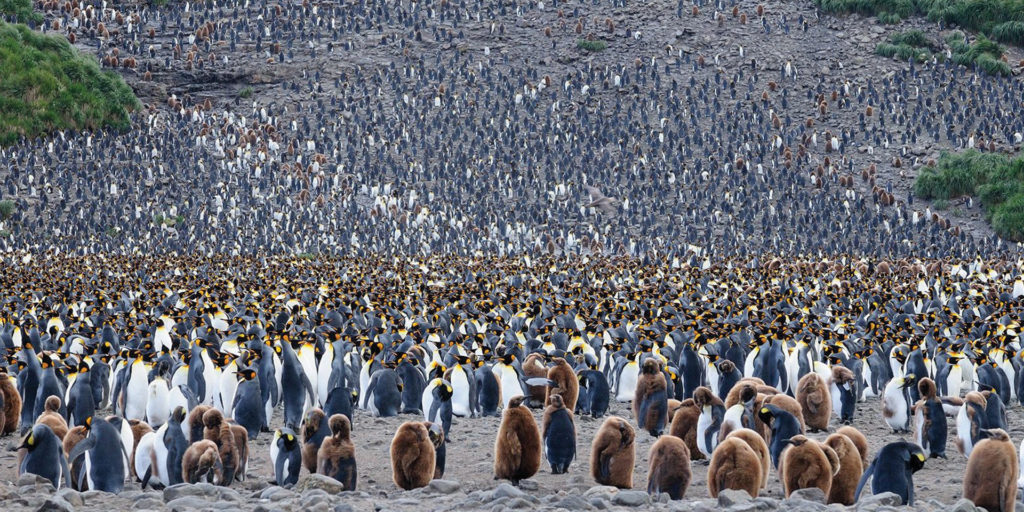
Of course, there are countless other incredible wildlife experiences to be had in South & Central America! There’s jaguar spotting in the Pantanal and swimming with Whale Sharks in Mexico. Not to mention puma tracking in Patagonia and the beautiful camelid species of the Andes. And then there are the myriad bird species that dazzle us every time we visit – curious toucans, rainbow-coloured macaw, brilliantly hued Quetzals, and the elegant flamingoes of the Atacama Desert.

